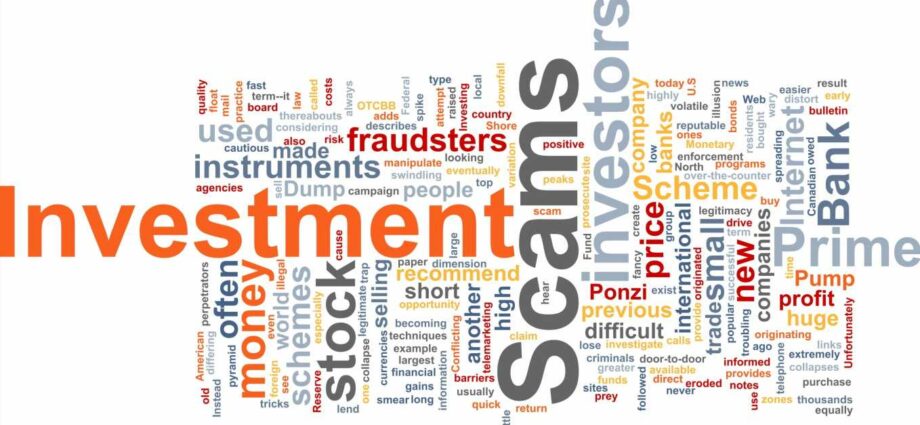The United States Department of Justice announced today that two Estonian citizens have been arrested and indicted for committing cryptocurrency fraud and laundering money. The “enormous Ponzi scheme” saw prospecting investors defrauded of almost $600 million.
The HashFlare Ponzi Scheme
According to the DoJ announcement, the indictment against Sergei Potapenko and Ivan Turõgin was unsealed today, but returned by a Grand Jury in Washington on October 27th. The two Estonian citizens were arrested on Sunday, November 20th in Tallinn, Estonia in a joint action by the Federal Bureau of Investigation and local law enforcement.
Between 2015 and 2019, the two were running a Ponzi scheme under the guise of a supposed cryptocurrency mining company called HashFlare. Allegedly, customers could get a percentage of mined coins by investing in the firm. In reality, the two arrestees had no large-scale money operation and tried to hide their gains in Estonian real estate, luxury vehicles, and digital asset wallets.
Whenever investors would request a payout, the fraudsters reportedly vehemently resisted and, when pressured, gave out cryptocurrencies purchased on the open market using the assets of newer customers. The FBI is looking for information regarding the operation from the victims of HashFlare.
Potapenko and Turõgin’s Cryptocurrency Bank that Never Existed
Even before closing their first operation in 2019, Potapenko and Turõgin set up a new Ponzi scheme. In 2017, the two allegedly opened Polibyus, a company that was supposedly a bank specializing in cryptocurrencies. Similar to their HashFlare operation, investors in Polybius were promised dividend payments from the bank’s profits.
Polybius netted the fraudster only around $25 million—compared to more than $500 million taken through HashFlare—and Potapenko and Turõgin never set up the bank nor paid any dividends. Instead, the two simply transferred investors’ funds to their own cryptocurrency wallets. U.S. Attorney Nick Brown commented on the scheme and called its scope astounding:
The size and scope of the alleged scheme is truly astounding. These defendants capitalized on both the allure of cryptocurrency, and the mystery surrounding cryptocurrency mining, to commit an enormous Ponzi scheme. They lured investors with false representations and then paid early investors off with money from those who invested later. They tried to hide their ill-gotten gain in Estonian properties, luxury cars, and bank accounts and virtual currency wallets around the world. U.S. and Estonian authorities are working to seize and restrain these assets and take the profit out of these crimes.
These arrests represent the newest development in the ever-increasing efforts of global law enforcement to crack down on digital assets-related crime. In mid-October, US authorities busted a major international criminal ring accused of using cryptocurrencies to steal military technology and smuggle Venezuelan oil.
In many ways, 2022 put a major spotlight on digital assets-related crime. So much so that in late August, a Congressional Committee sent a series of letters to leading cryptocurrency exchanges asking them for input on how best to fight crime within the industry. Of note is that FTX among the companies asked for input. FTX recently found itself disgraced when it was forced to file for bankruptcy after it was revealed it misappropriated billions in users’ funds and engaged in various other shady and irresponsible activities.
This article originally appeared on The Tokenist
Sponsored: Find a Qualified Financial Advisor
Finding a qualified financial advisor doesn’t have to be hard. SmartAsset’s free tool matches you with up to 3 fiduciary financial advisors in your area in 5 minutes. Each advisor has been vetted by SmartAsset and is held to a fiduciary standard to act in your best interests. If you’re ready to be matched with local advisors that can help you achieve your financial goals, get started now.
Source: Read Full Article
-
Gamium’s Native Token Up 370% as Startup Joins Meta’s Initiative
-
Treasuries Stage Recovery Attempt But Still Close Lower
-
Digital Asset Funds See Third Consecutive Week of Net Inflows
-
ING slapped with anti-money laundering undertaking after investigation
-
Ten-Year Yield Spikes To Highest Level Since October 2007

